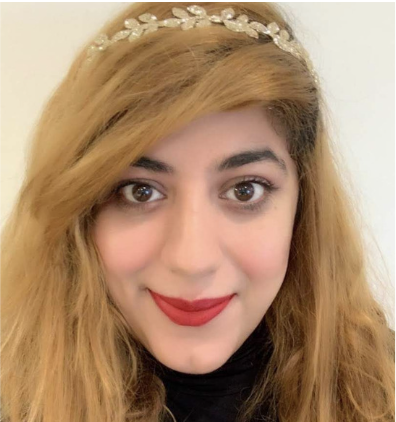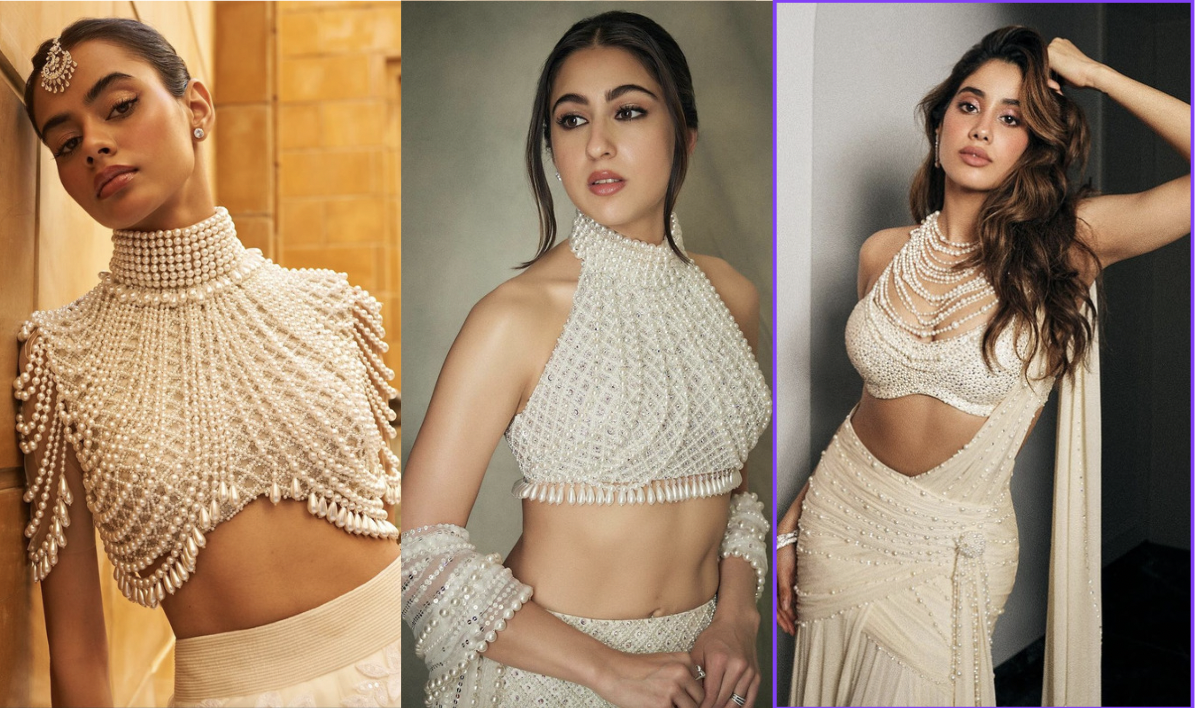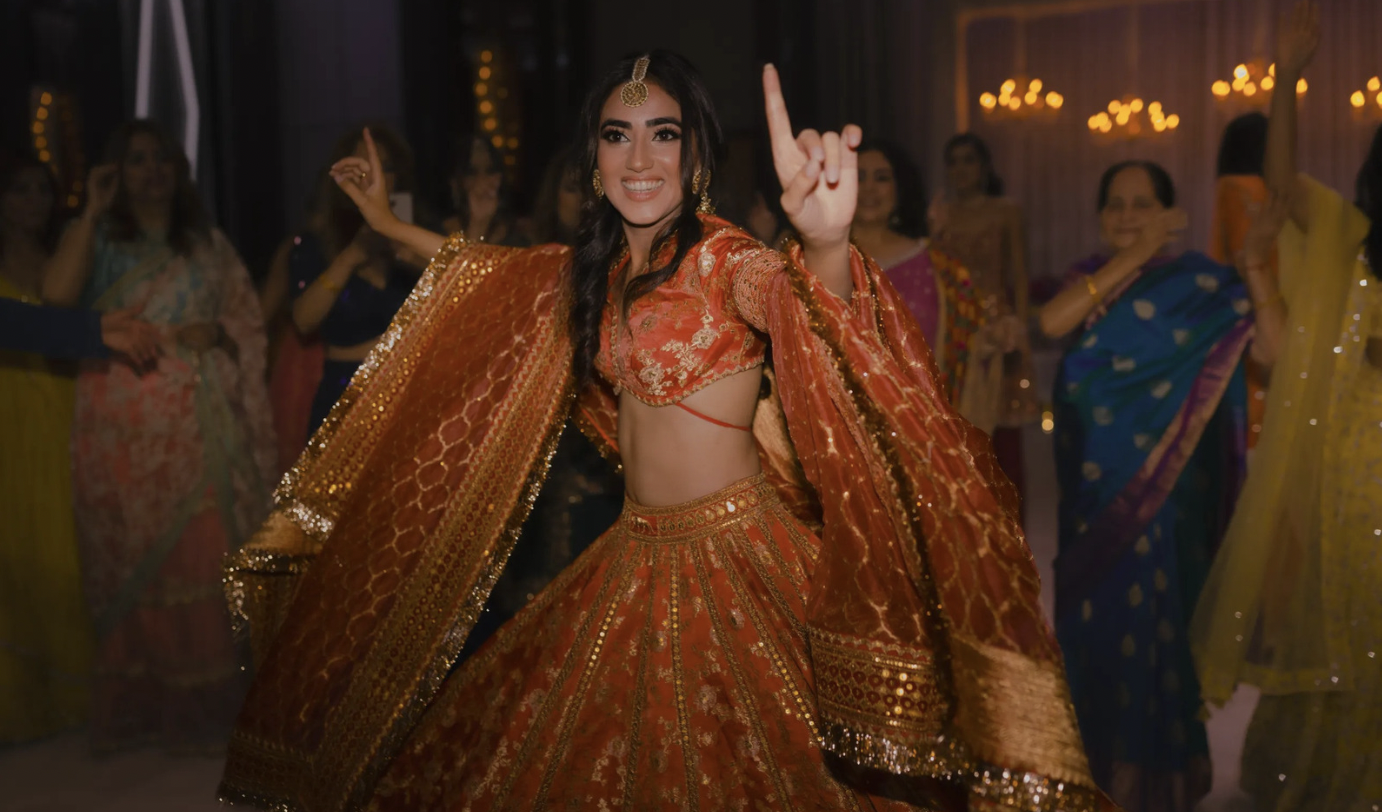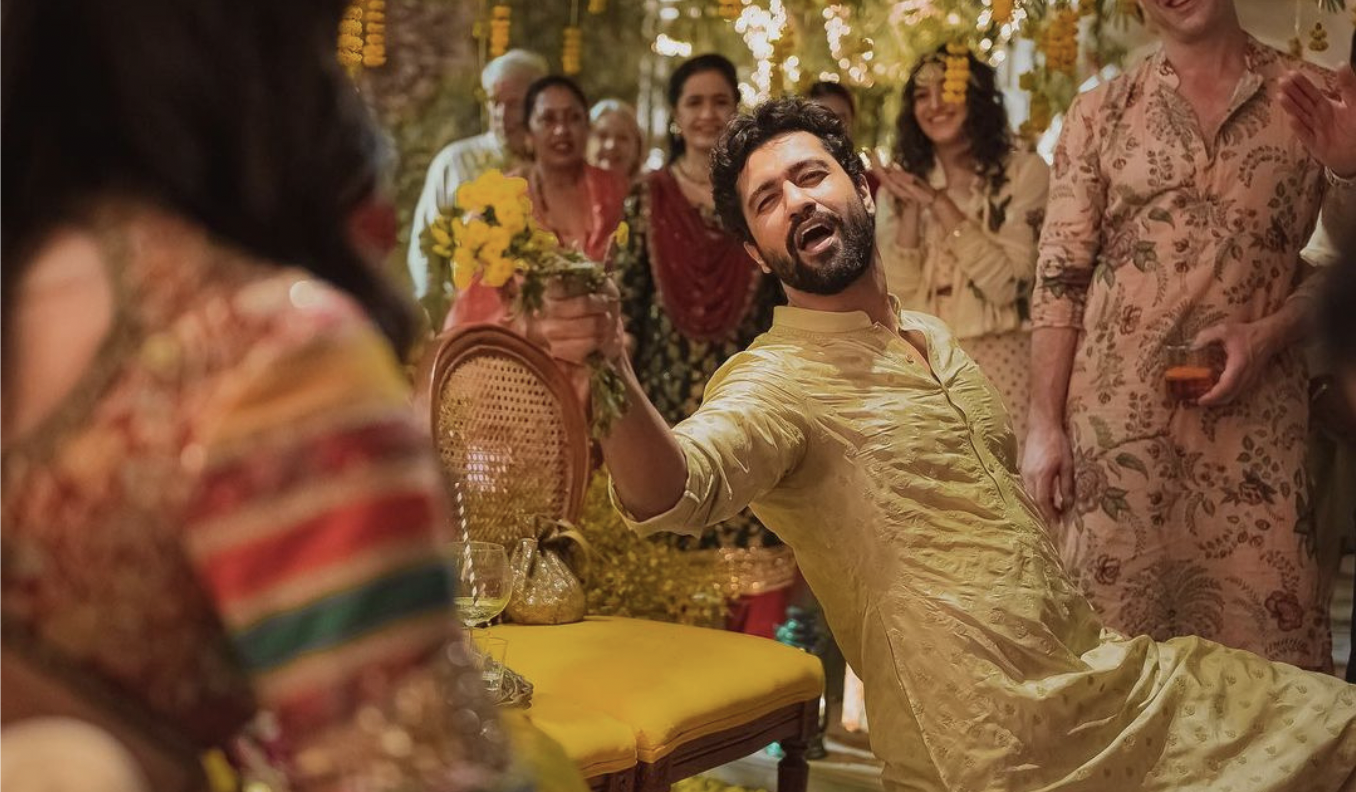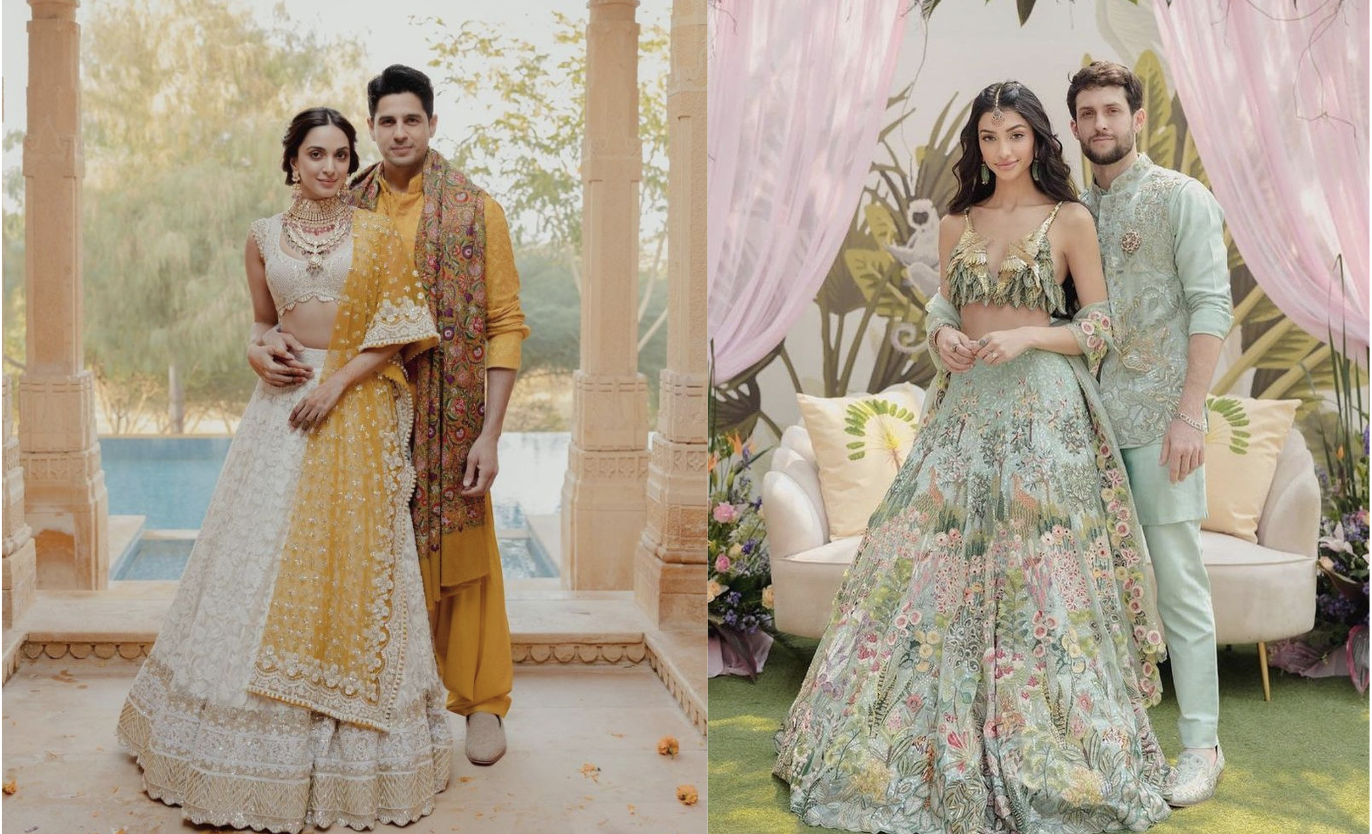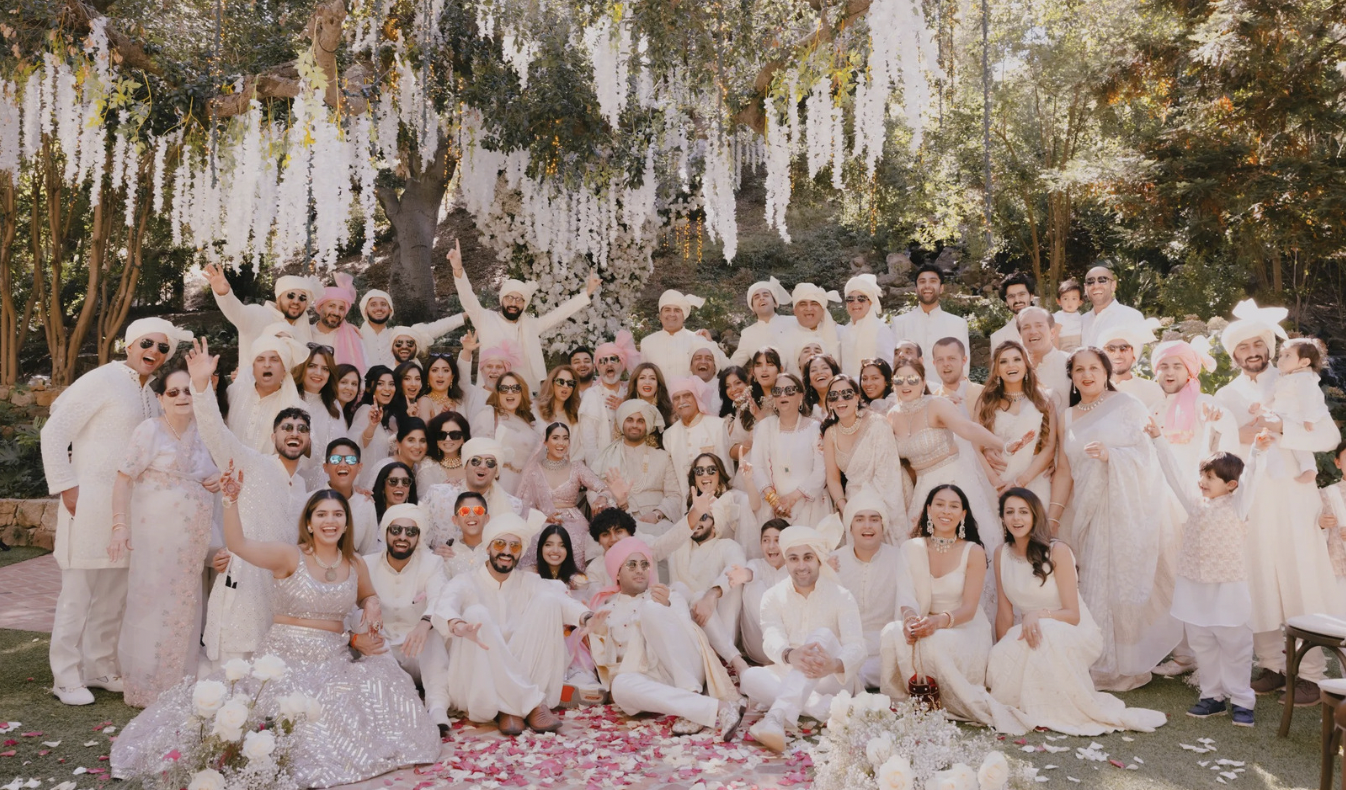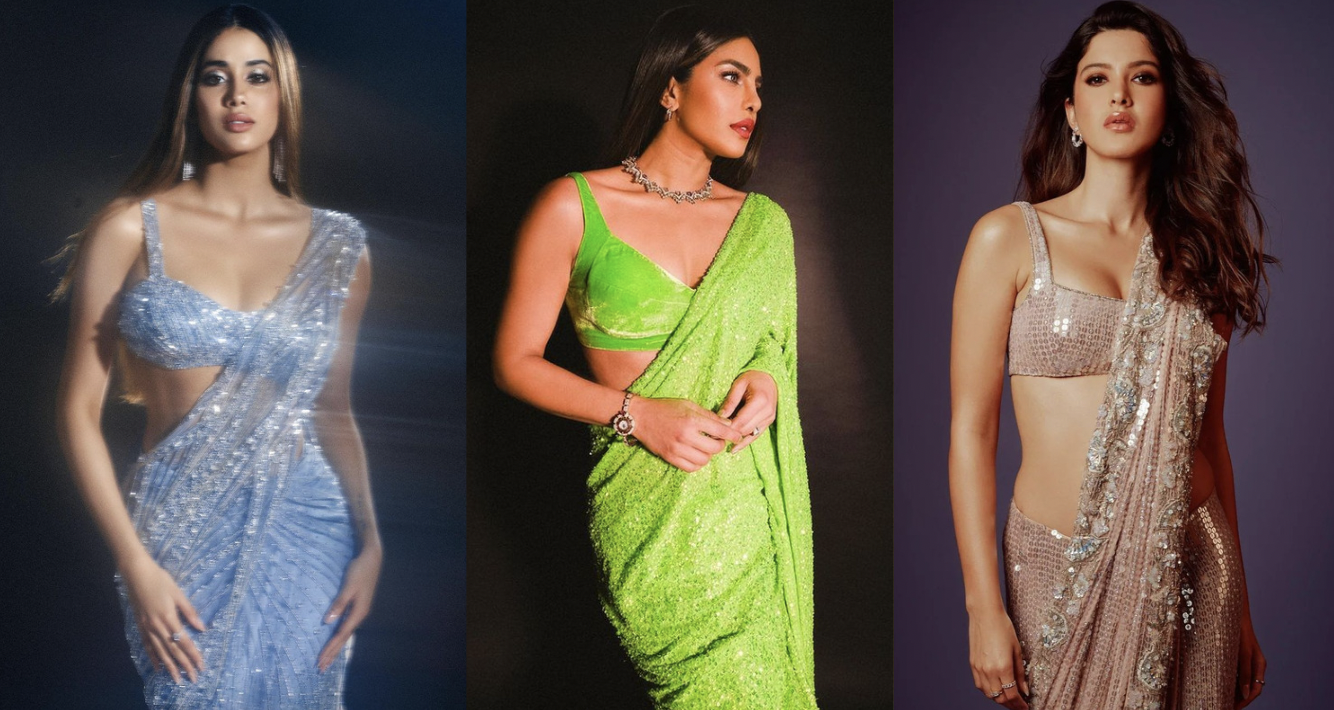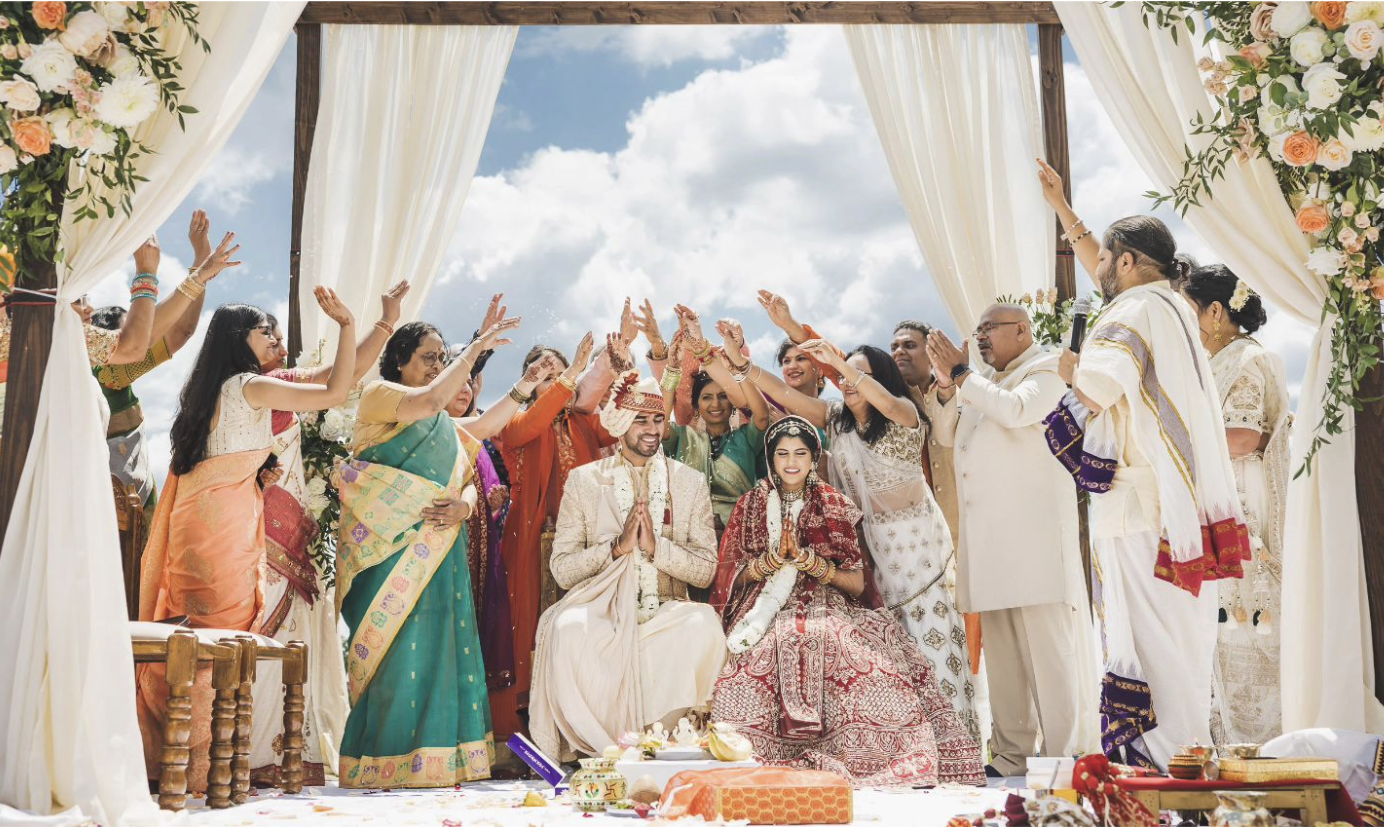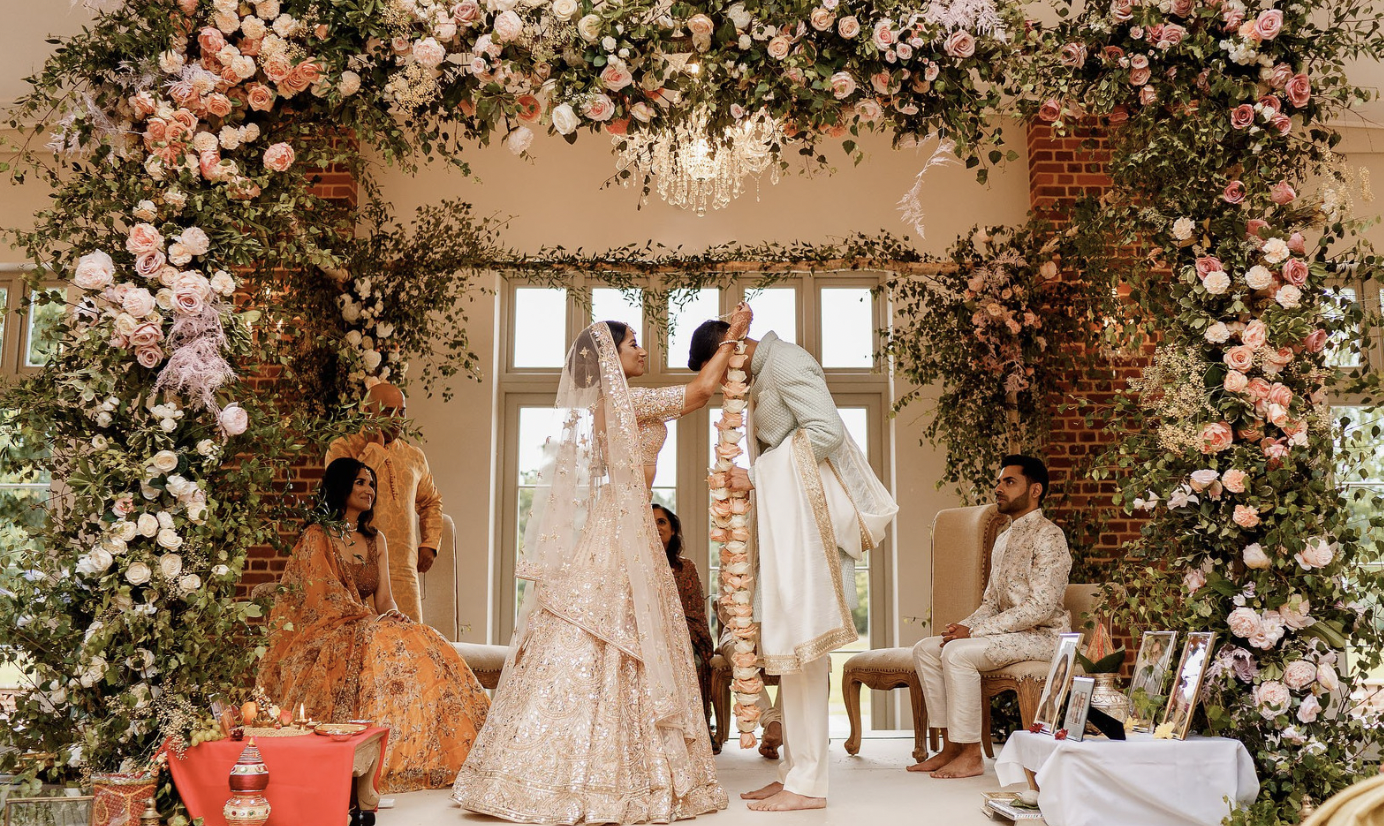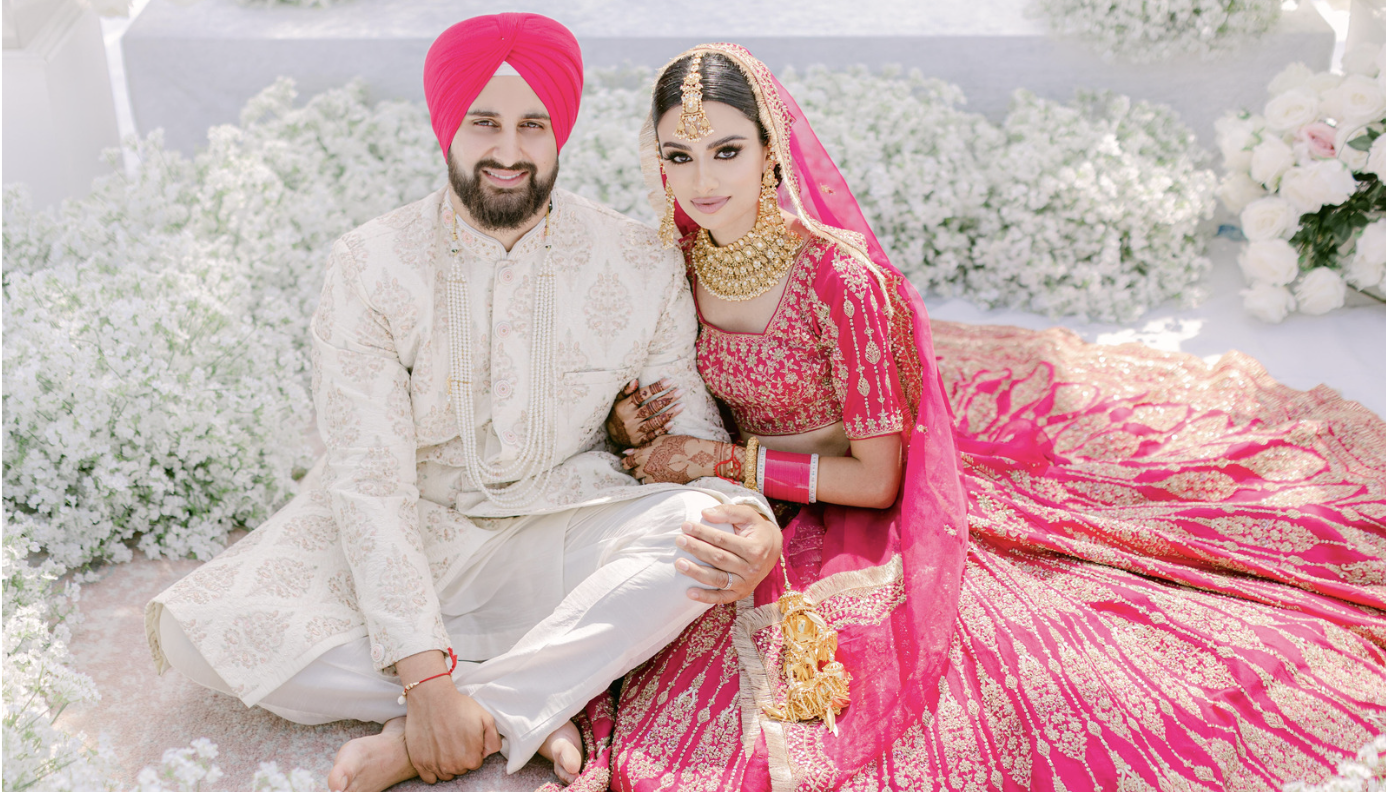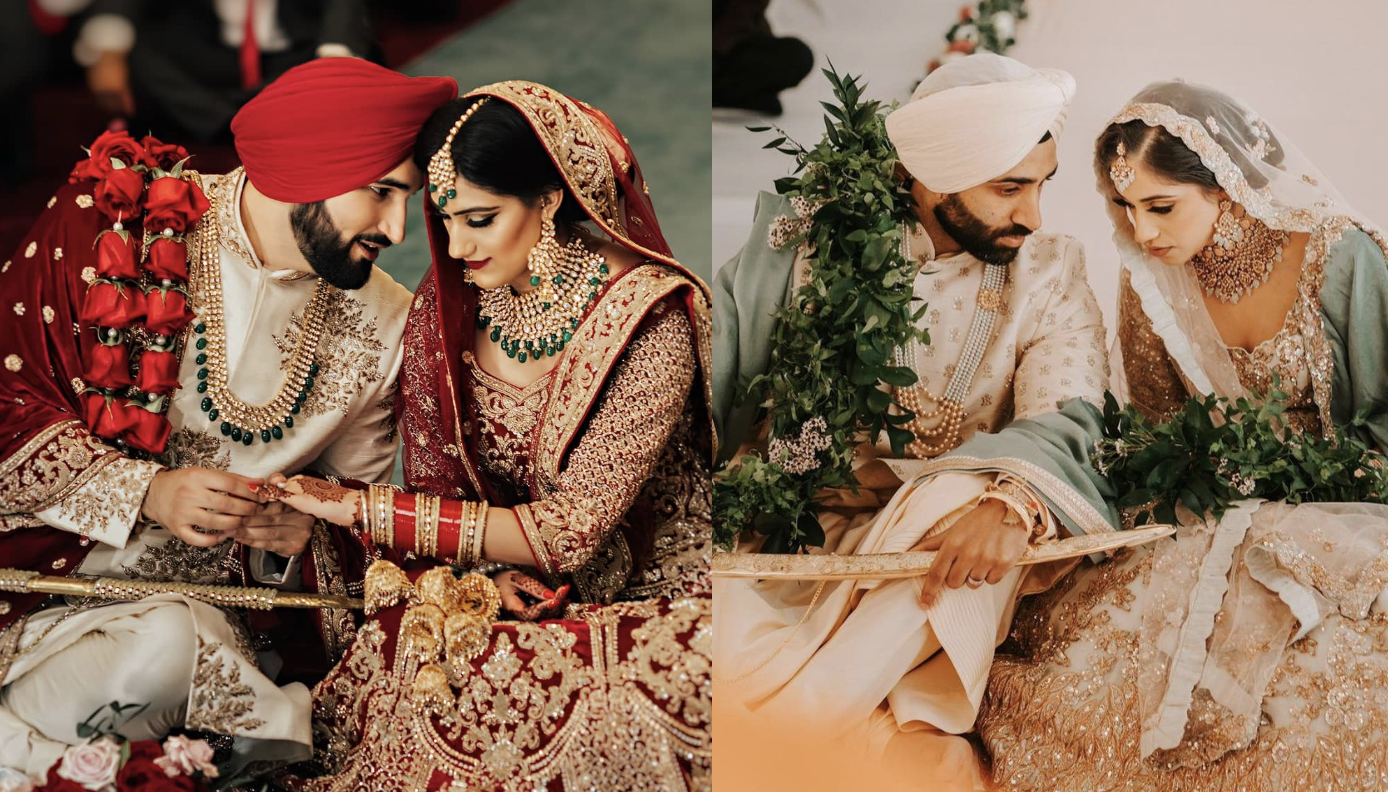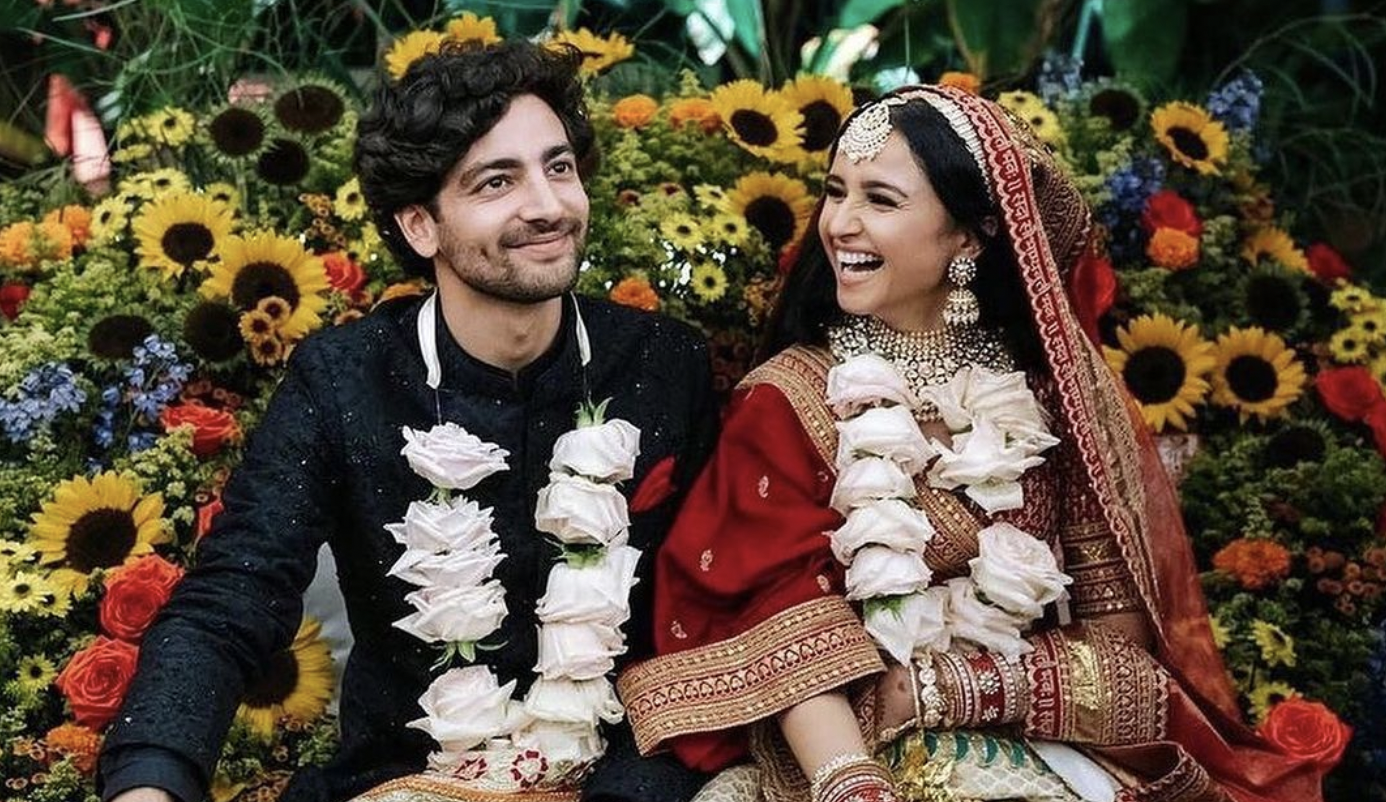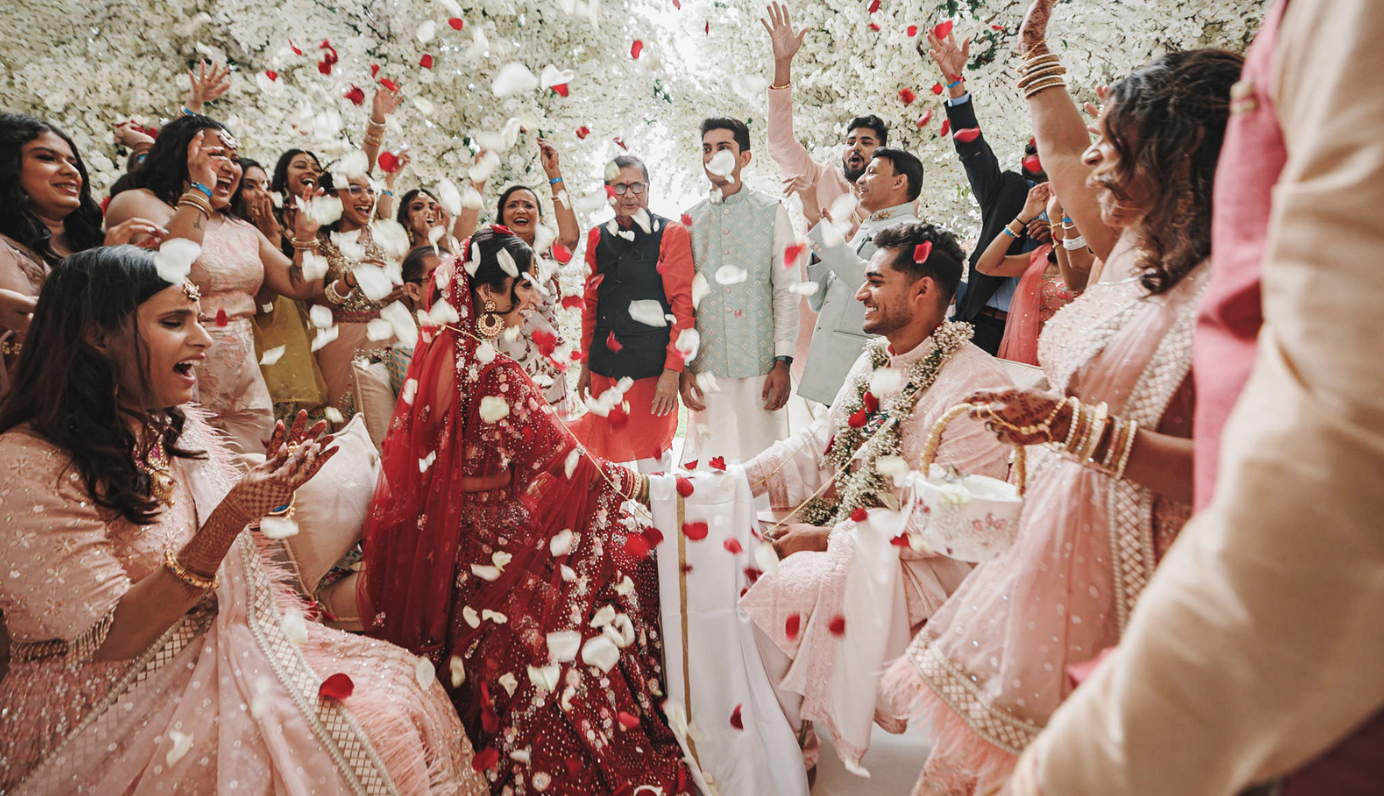Unveiling The Timeless Evolution Of Bridal Fashion Trends
South Asian Wedding SachiWedding fashion, a dynamic and ever-evolving phenomenon, serves as a captivating mirror reflecting the cultural, social, and economic nuances of different eras. Across history, wedding attire has undergone profound transformations, mirroring shifts in societal values and economic landscapes. From ancient traditions to contemporary trends, wedding fashion encapsulates a richness of styles, colors, and symbolism.
In the context of South Asian wedding attire, the evolution is particularly striking. Rooted in diverse cultural legacies, South Asian weddings showcase a kaleidoscope of styles, each narrating a unique story. Traditional garments like the saree and lehenga have weathered centuries, adapting to changing tastes while preserving cultural authenticity. Intricate embroidery, vibrant hues, and luxurious fabrics define these iconic ensembles.
The opulence of Mughal-inspired bridal wear exemplifies the fusion of cultural influences. Moreover, the British colonial period introduced a subtle infusion of Western elements into South Asian wedding attire. Post-independence, the emergence of Bollywood played a pivotal role, shaping contemporary bridal trends and inspiring millions with its grandiose spectacles.
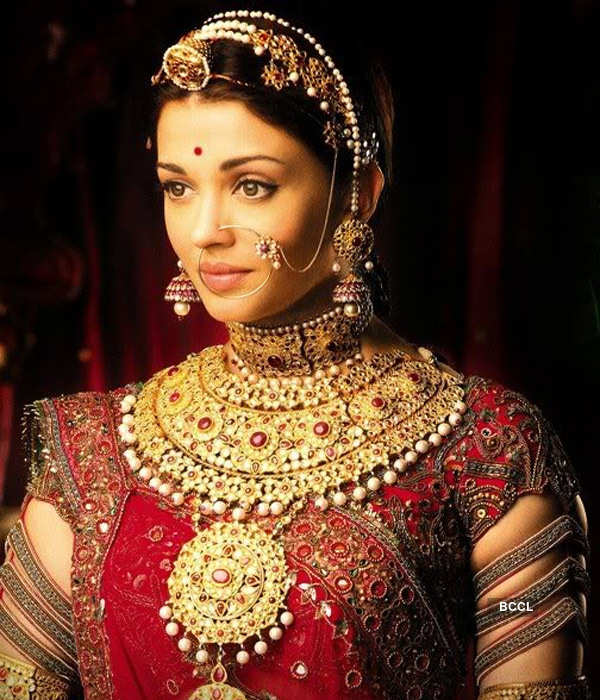
Iconic moments in South Asian wedding fashion include Aishwarya Rai's resplendent look in "Jodhaa Akbar" and the global fascination with Priyanka Chopra's cross-cultural wedding. These moments transcend the screen, impacting real-life bridal choices. Moreover, designers like Sabyasachi Mukherjee and Manish Malhotra have become synonymous with redefining South Asian bridal fashion, seamlessly blending tradition with modern aesthetics.
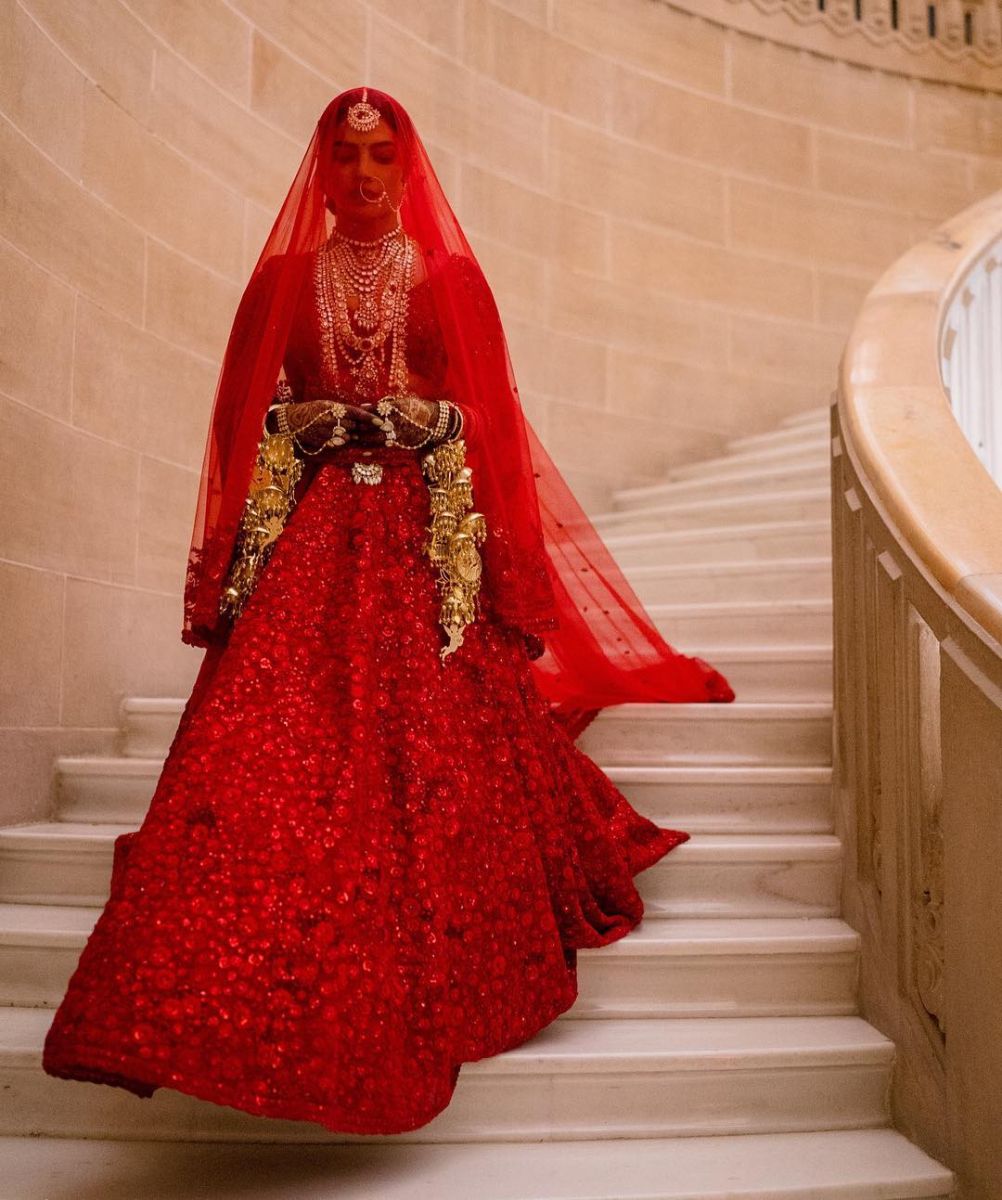
Source: Priyanka Chopra ; Sabyasachi Official ; Stories by Joseph Radhik
Also Read: The Ultimate Guide To Crimson Bridal Outfits
Section 1: The Roots of Wedding Attire
In ancient civilizations, wedding attire was a reflection of societal norms and local customs, shaping bridal wear with distinctive features that varied across cultures. These ancient civilizations showcased the significance of colors and styles in wedding attire. While white symbolized purity in Rome, red embodied luck in China. The choice of fabrics, embellishments, and accessories conveyed cultural values and beliefs. Bridal attire not only reflected individual taste but also served as a visual representation of societal expectations and spiritual beliefs.
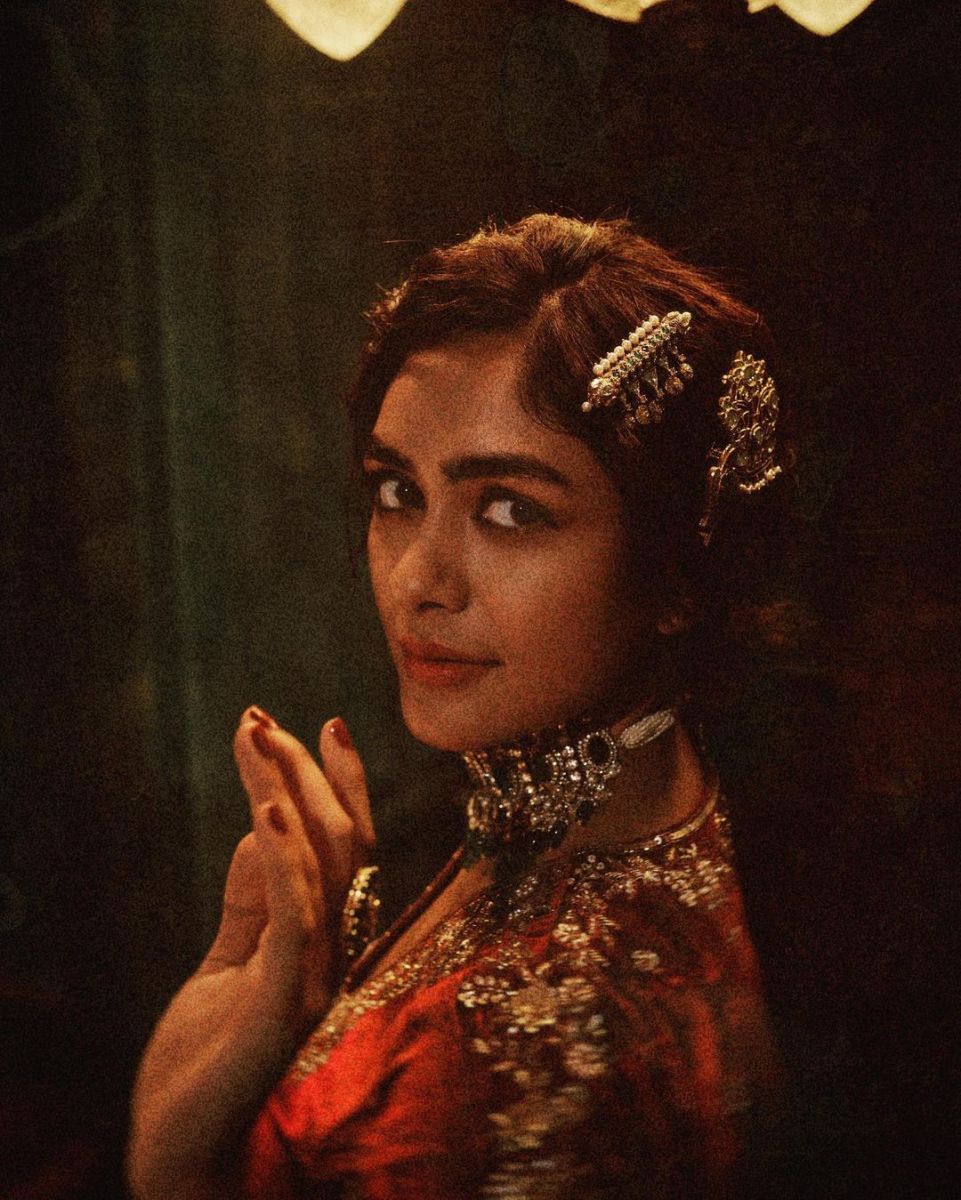
Source: Mrunal Thakur
The styles and colors in early wedding attire were deeply rooted in cultural and symbolic significance, emphasizing the importance of marriage as a union embedded in tradition and spirituality. These customs not only shaped the aesthetics of bridal wear but also highlighted the diverse ways in which different civilizations celebrated the sacred union of marriage.
Also Read: How To Style Your Traditional Jewelry Pieces With Modern Western Outfits
Section 2: Renaissance to Victorian Era Elegance
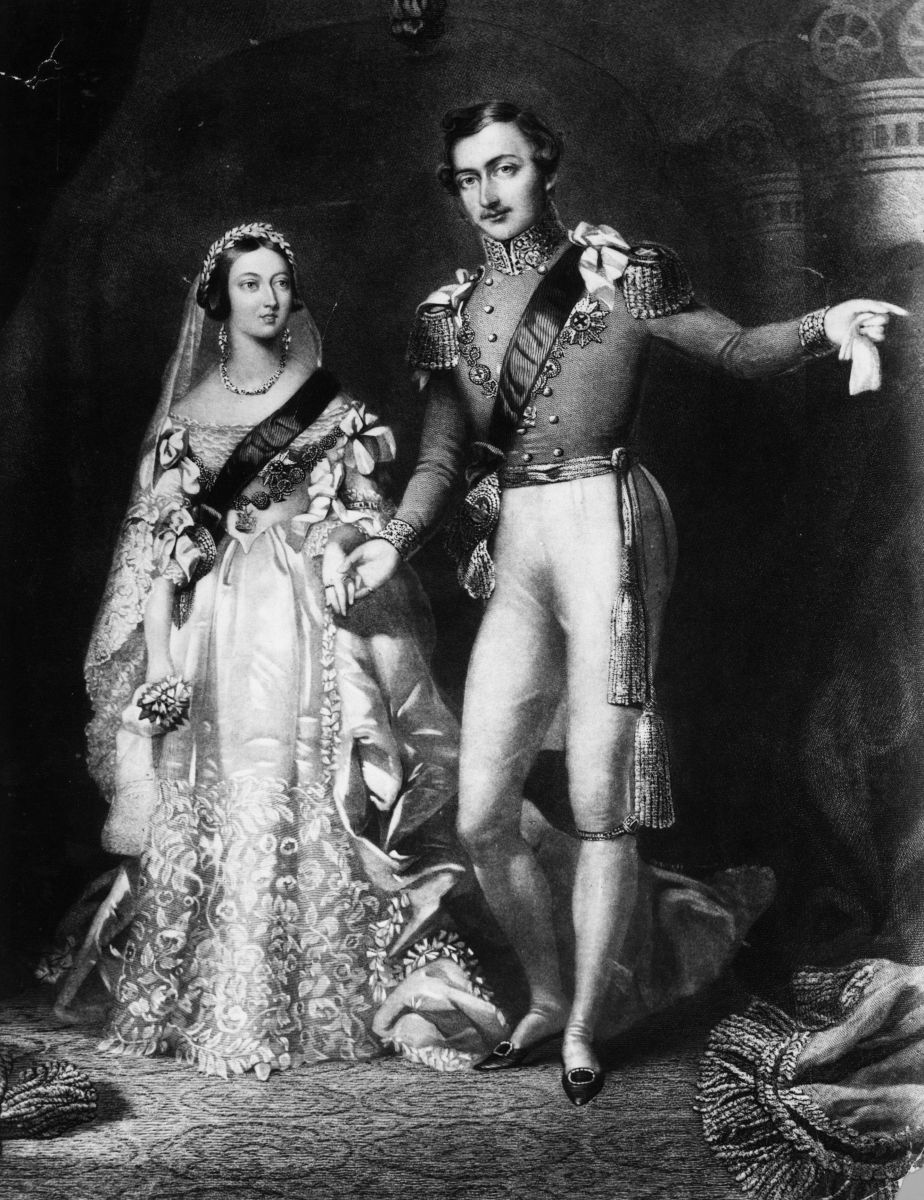
During the Renaissance, wedding garments underwent a notable evolution, reflecting broader societal changes. Early in the period, simplicity and practicality defined wedding attire. Brides typically wore dresses that could serve for everyday use, adorned modestly with local fabrics and minimal embellishments. As the Renaissance progressed, however, the flourishing economy and increased trade facilitated access to luxurious materials like silk and velvet. This wealth allowed for more elaborate wedding attire, with intricate embroidery, lace, and pearls becoming fashionable. The shift in wedding garments mirrored the growing emphasis on individual wealth and status during this era.
Fast forward to the Victorian era, and Queen Victoria left an indelible mark on wedding fashion. In 1840, Queen Victoria married Prince Albert in a groundbreaking white wedding dress, deviating from the prevailing trend of colored gowns. Her choice of white symbolized purity and innocence, setting a new standard for bridal attire. The gown featured delicate lace, enhancing its romantic allure. Queen Victoria's wedding dress became an iconic reference, shaping Victorian weddings and influencing subsequent generations.
The trend caught on, and white wedding dresses became synonymous with purity, virtue, and the beginning of a new chapter. The Victorian emphasis on etiquette and morality further solidified the white wedding dress as a symbol of virtue. The shift from practical garments in the Renaissance to the symbolic and status-driven attire of the Victorian era exemplifies the dynamic interplay between societal values, economic factors, and influential figures in shaping wedding fashion across different historical periods.
Section 3: The 20th Century – Decades of Transformation
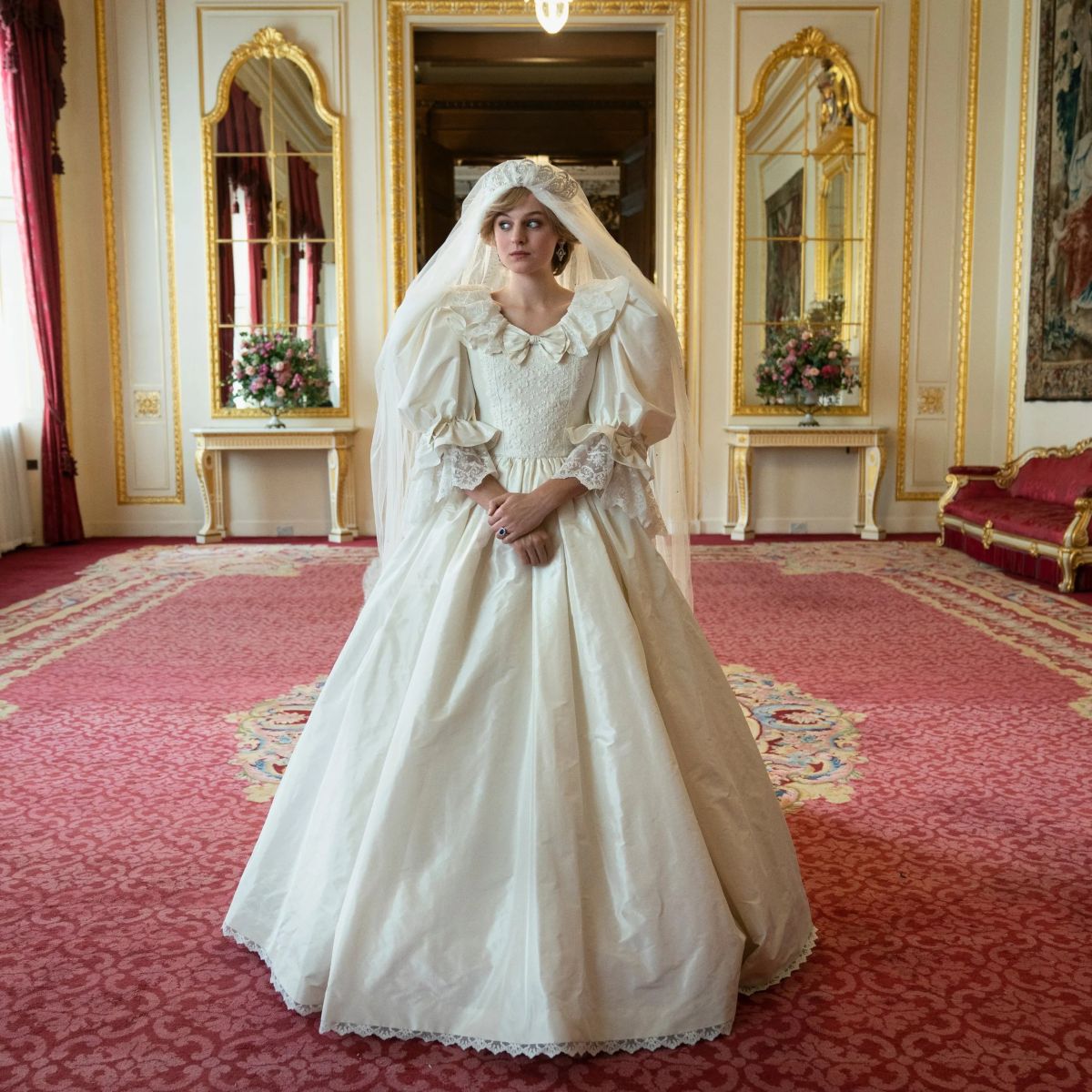
The evolution of wedding fashion in the 20th century reflects the dynamic interplay between societal shifts, economic changes, and major global events. The 1920s marked a departure from traditional Victorian styles, influenced by the flapper culture. Hemlines rose, and silhouettes became more relaxed, epitomized by iconic dresses adorned with fringe and intricate beading.
The 1930s and 1940s faced the challenges of the Great Depression and World War II. Economic constraints led to simpler, more practical wedding attire. In the post-war 1940s, fabric rationing influenced shorter hemlines and modest designs. The 1950s, however, witnessed a resurgence of opulence and femininity, driven by Hollywood glamour. Dresses like Grace Kelly's in 1956 exemplified elegance with full skirts and intricate lace.
The 1960s embraced cultural revolutions, impacting wedding fashion with mod styles and shorter hemlines. But it was the 1970s that truly embraced the spirit of individualism and freedom. Bohemian influences dominated bridal wear, with flowing dresses, floral crowns, and a rejection of traditional norms. This era, marked by social upheavals, saw brides opting for unconventional styles.
The 1980s showcased excess and extravagance, influenced by celebrity weddings and the desire for grandeur. Princess Diana's iconic gown in 1981, featuring a dramatic train and voluminous sleeves, set new trends. The 1990s, in contrast, leaned towards simplicity and minimalism as a reaction to the ostentation of the previous decade.
Each decade's wedding fashion is a testament to the era's unique challenges and aspirations. Economic hardships, wars, cultural shifts, and the desire for individual expression all played pivotal roles in shaping bridal styles throughout the 20th century. Iconic wedding dresses from each era not only reflect fashion trends but also mirror the societal values and attitudes of their time.
Section 4: Modern Innovations and Diverse Styles
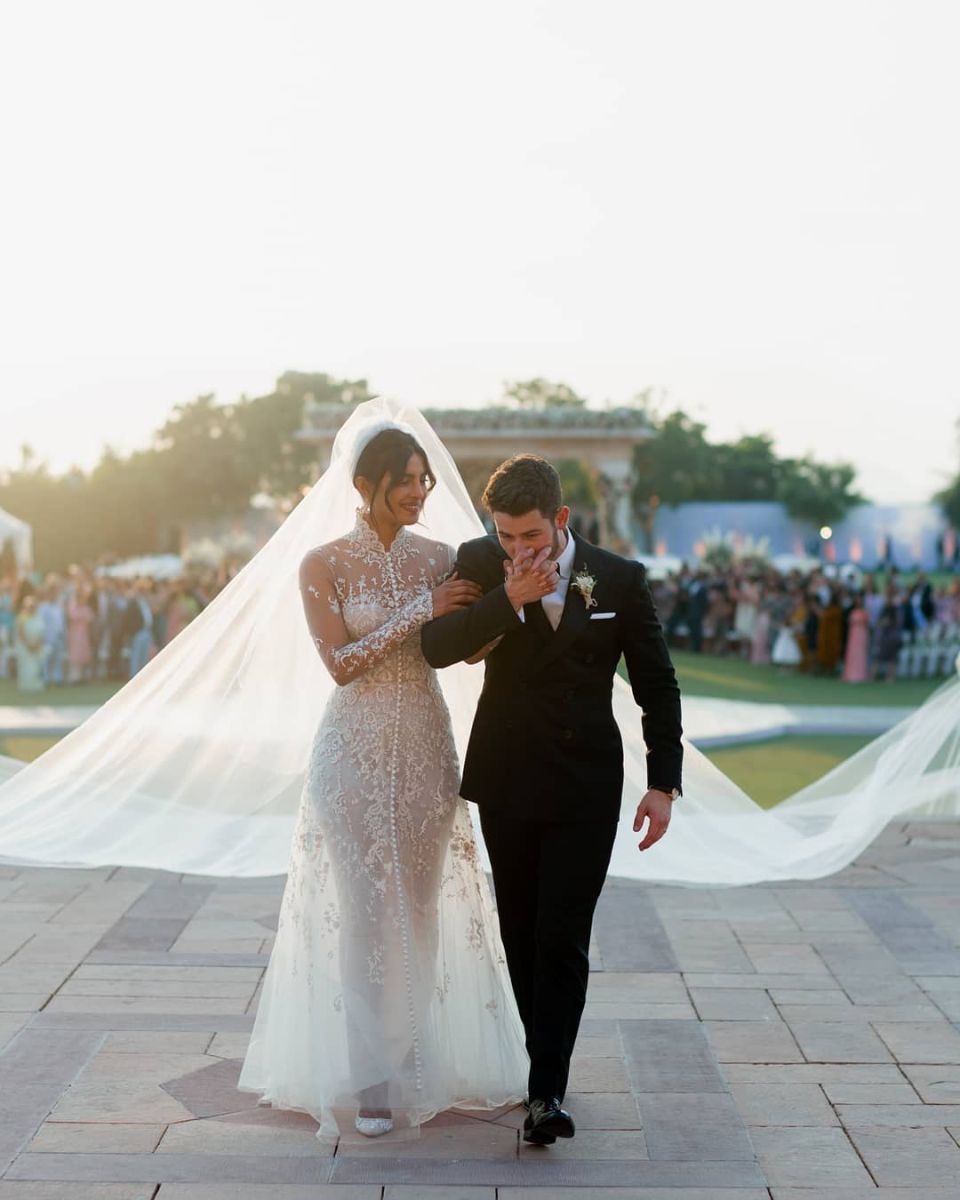
Source: Priyanka Chopra
In the late 20th and early 21st centuries, there has been a remarkable shift in wedding attire towards personalization and diversity, reflecting changing societal values and a departure from traditional norms. Couples increasingly seek unique and meaningful expressions of their personalities through their wedding outfits, moving away from conventional styles dictated by cultural or familial expectations.
One significant factor driving this shift is the influence of celebrity weddings and popular culture on bridal fashion trends. With high-profile weddings broadcast globally through media channels, celebrities set the stage for new and diverse wedding attire styles. The choices made by iconic figures like Meghan Markle, whose minimalist yet elegant gown captivated audiences, or Priyanka Chopra, who incorporated traditional Indian elements into her Western-style dress, have inspired countless couples to embrace a more personalized and culturally diverse approach to their wedding attire.
Moreover, the rise of social media has democratized fashion inspiration, allowing brides and grooms to explore a myriad of styles, cultures, and historical periods. Online platforms and influencers showcase a spectrum of wedding attire options, encouraging individuals to break free from conventional molds and explore outfits that resonate with their unique tastes and identities.
The late 20th and early 21st centuries have witnessed a celebration of diversity in wedding attire, reflecting the growing recognition and acceptance of different cultures, body types, and personal styles. Whether it's non-traditional colors, unconventional silhouettes, or the integration of cultural elements, couples now prioritize authenticity and individuality in their choice of wedding attire. This transformative shift marks an era where weddings are not only ceremonies of union but also expressions of personal identity and diversity in the ever-evolving landscape of fashion and culture.
Section 5: The Rise of Sustainable and Inclusive Fashion
.jpeg)
Source: Anita Dongre
In recent years, there has been a notable shift towards eco-friendly and sustainable wedding attire, reflecting a growing awareness of environmental concerns within the wedding industry. Couples are increasingly opting for wedding dresses and suits made from ethically sourced materials, such as organic cotton, hemp, or recycled fabrics. Designers are incorporating eco-friendly practices into their creations, emphasizing the use of sustainable production methods and reducing environmental impact. This trend aligns with the broader global movement towards sustainable living and a desire to make environmentally conscious choices, even in the realm of bridal fashion.
Moreover, there is a significant surge in inclusivity within wedding fashion, breaking away from traditional norms and embracing diversity in body types, genders, and cultural backgrounds. Designers are recognizing the need for more inclusive sizing, offering a range of options to cater to individuals of all shapes and sizes. The once rigid boundaries of gender-specific attire are dissolving, with non-binary and gender-fluid designs gaining prominence. This shift towards inclusivity extends beyond size and gender, encompassing diverse cultural backgrounds as well. Wedding fashion is increasingly drawing inspiration from various traditions, resulting in a fusion of styles that reflect the multicultural nature of modern society.
Inclusivity in wedding fashion not only promotes a sense of acceptance and representation but also allows couples to express their unique identities on their special day. This movement towards diversity aligns with the changing societal attitudes and a call for greater representation in all aspects of life, including the wedding industry. As couples seek attire that not only aligns with their values but also celebrates their individuality, the wedding fashion landscape is evolving to embrace a more inclusive and sustainable future.
Also Read: Your Guide To Sustainable & Eco-Friendly South Asian Weddings
Section 6: Technology's Impact on Bridal Fashion
(1).jpeg)
Technology has ushered in a new era of innovation in the realm of wedding attire, transforming the traditional landscape of gown and suit design through the integration of 3D printing and virtual fittings. One of the most notable advancements is the utilization of 3D printing in creating intricate and personalized wedding dresses and suits. This technology allows designers to translate digital concepts into tangible, three-dimensional garments with unparalleled precision. Brides can now envision and customize every detail of their dream dresses, from lace patterns to silhouettes, creating a truly unique and tailored experience.
Moreover, virtual fittings have emerged as a game-changer in the bridal industry. With the aid of augmented reality (AR) and virtual reality (VR) technologies, couples can now experience fittings from the comfort of their homes. Virtual fitting rooms enable brides and grooms to visualize how their chosen attire will look on them without physically trying it on. This not only saves time but also enhances the overall shopping experience, offering a more immersive and convenient way to explore different styles and make informed decisions.
The impact of these technological advancements extends beyond the aesthetic realm. Customization is no longer confined to the design process; it also encompasses the fit and comfort of the attire. Virtual fittings allow for precise measurements, ensuring that wedding garments are not only visually stunning but also perfectly tailored to the individual's body shape. This personalization contributes to a sense of exclusivity and satisfaction for the couple, making their wedding attire a true reflection of their style and identity.
Section 7: Looking to the Future
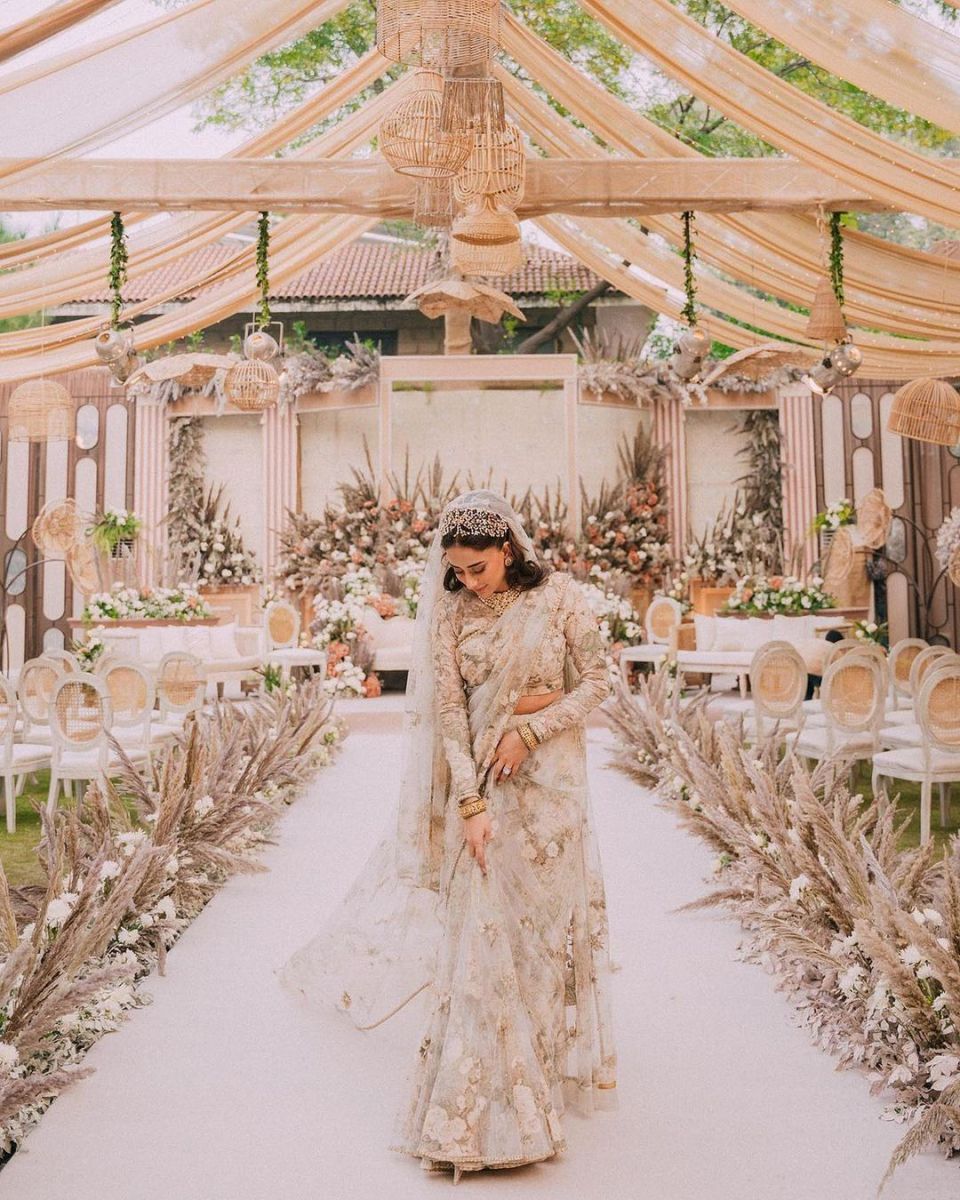
Source: Brides of Sabyasachi ; Pictro Izzah
The future of wedding fashion is poised to witness a dynamic evolution, shaped by global cultural exchanges, technological advancements, and shifting social norms. One significant trend is the fusion of diverse cultural elements, resulting from increased global connectivity. As borders blur and people embrace multicultural influences, wedding attire is likely to reflect traditions. Bridal fashion may incorporate elements from various cultures, creating unique and personalized looks that celebrate diversity.
Technological advancements are set to revolutionize the way brides and grooms experience and showcase their special day. Smart fabrics with embedded technology could become commonplace, offering interactive and customizable features such as color-changing fabrics, LED embellishments, or even temperature-regulating materials. Virtual reality (VR) and augmented reality (AR) could play a role in the wedding dress shopping experience, allowing couples to virtually try on outfits and explore designs before making decisions.
Shifting social norms are also expected to influence wedding fashion. As societal attitudes toward gender and identity continue to evolve, traditional expectations for bridal attire may transform. Non-traditional and gender-neutral wedding outfits may become more prevalent, reflecting a more inclusive and diverse understanding of love and partnership.
Sustainability is likely to be a key focus in future wedding fashion. With increased awareness of environmental issues, couples may opt for eco-friendly and ethically sourced materials. Vintage and second-hand wedding dresses could gain popularity, aligning with a broader trend towards conscious consumerism.
Also Read: Fall Wedding Ideas & Inspiration Guide For 2024-2025
Conclusion
The ever-evolving landscape of wedding fashion, interwoven with culture and trends, mirrors societal changes. Bridging traditional ceremonies to modern celebrations, attire reflects shifting values, challenges norms, and welcomes diversity. In an era of blurred societal boundaries, wedding fashion now champions individuality and cultural legacy.
Contemporary brides and grooms are urged to embed their style, celebrating both uniqueness and cultural roots in their attire. The narrative of wedding fashion unfolds as a vibrant tale of inclusivity, where each stitch narrates the evolution of traditions, highlighting the beauty of embracing one's identity on the sacred canvas of matrimony.
Edited & Photos Sourced By: Neha Garg Ahuja

